Do you really need a 5G iPhone right now?
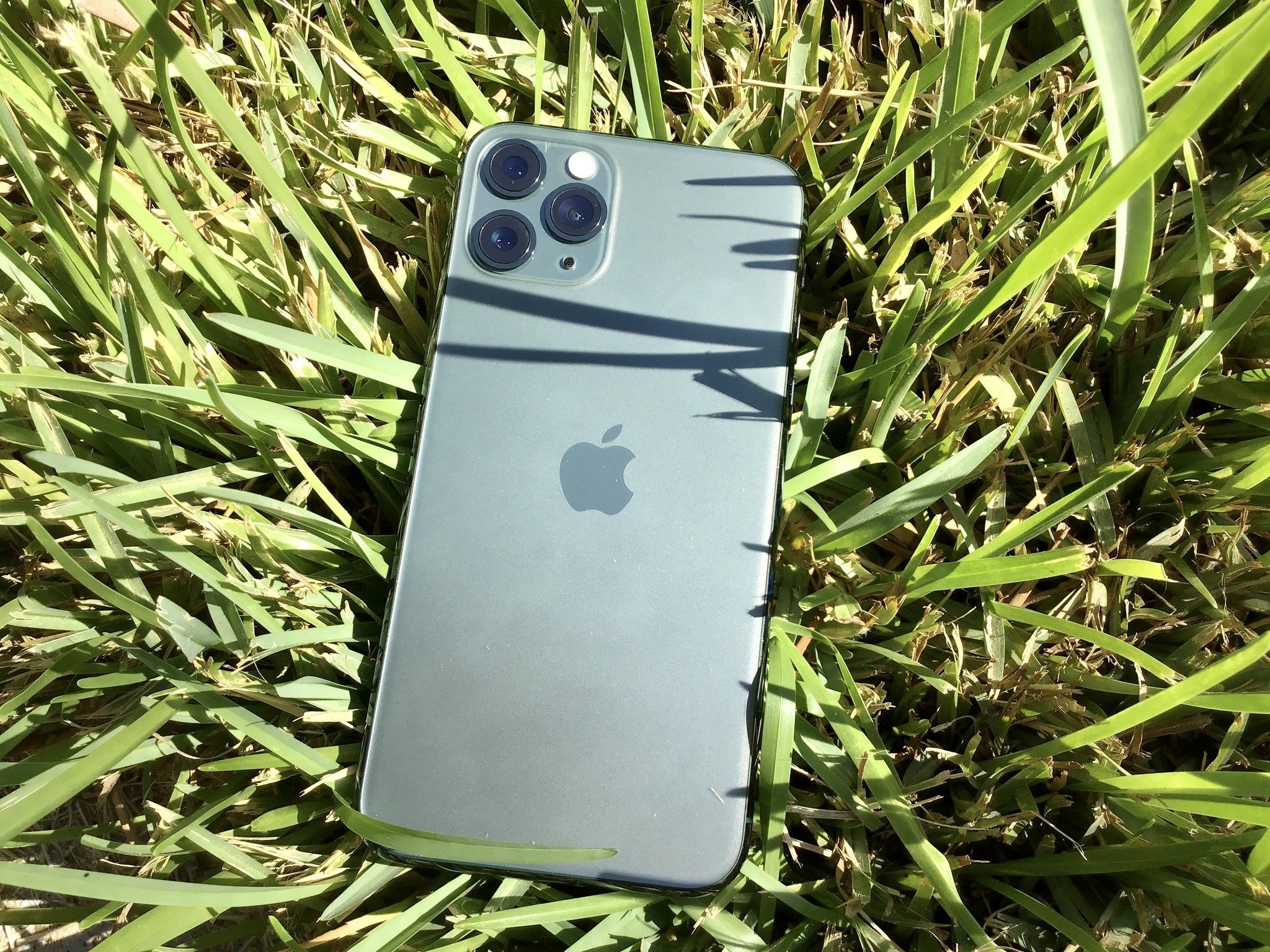

The world of cellular connectivity is always changing and evolving, and we're embarking on the next era — 5G. Whether you like it or not, it's happening, and it's going to be the future. And recent rumors that are circulating point to Apple's next iPhone, likely to be called the iPhone 12, having 5G connectivity.
But do we need a 5G iPhone? Believe it or not, it may actually be beneficial for many of us.
But what is 5G anyway?
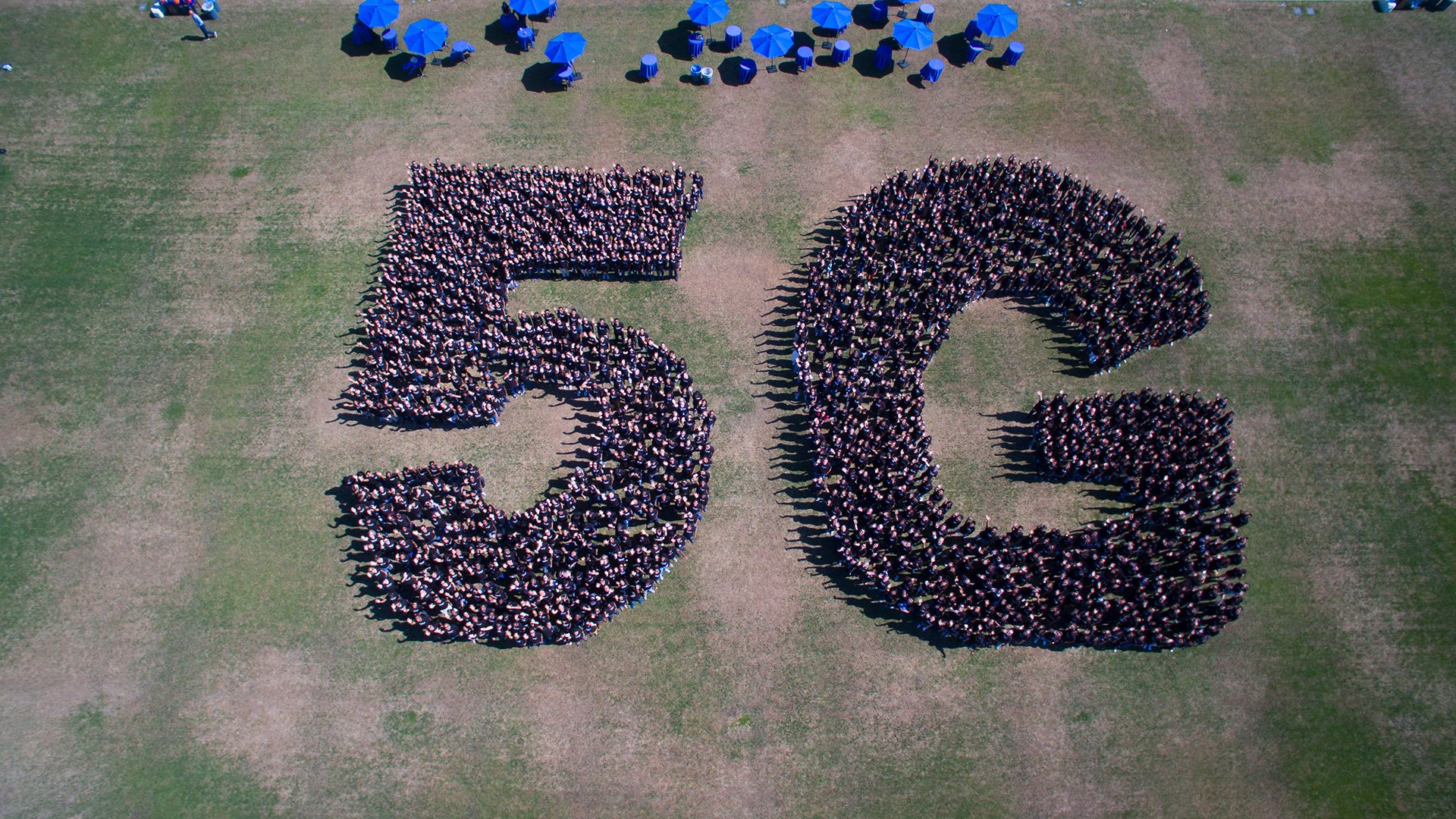
5G is the next generation of cellular wireless technology, succeeding the 4G LTE that we are currently familiar with. For many of us, our 4G LTE speeds are plenty to get by with on our iPhones, but 5G will boost both speed and coverage so that everyone benefits from it at the end of the day.
That's 5G in the broad term, but there are also two spectrums that come along with it: millimeter wave (mmWave) and Sub-6. With mmWave, you'll get the fastest speeds (up to and beyond 1 Gbps) and most capacity networks, but it's extremely limited in range because it functions at a super high-frequency radio (between 24 GHz to 39 GHz). Due to the high-frequency nature, it's bad at penetrating buildings and other architecture. mmWave is also rolling out at a slower pace than its sibling, Sub-6.
Sub-6 refers to the spectrums that have frequencies below 6 GHz. Sub-6 equipment can be deployed with LTE, and these two spectrums of wireless cellular technology and co-exist. In fact, you can think of sub-6 5G as like "LTE+" because while sub-6 won't reach the speeds of mmWave, it will be (theoretically) faster than most LTE speeds we have now, but with even more coverage.
In short, mmWave boasts faster and more impressive speeds but is very limited in where you can get it. Sub-6 won't be as fast as mmWave but it should be faster than 4G LTE and has greater range and consistency, so it's more accessible for most people.
An iPhone with 5G would benefit a lot of people
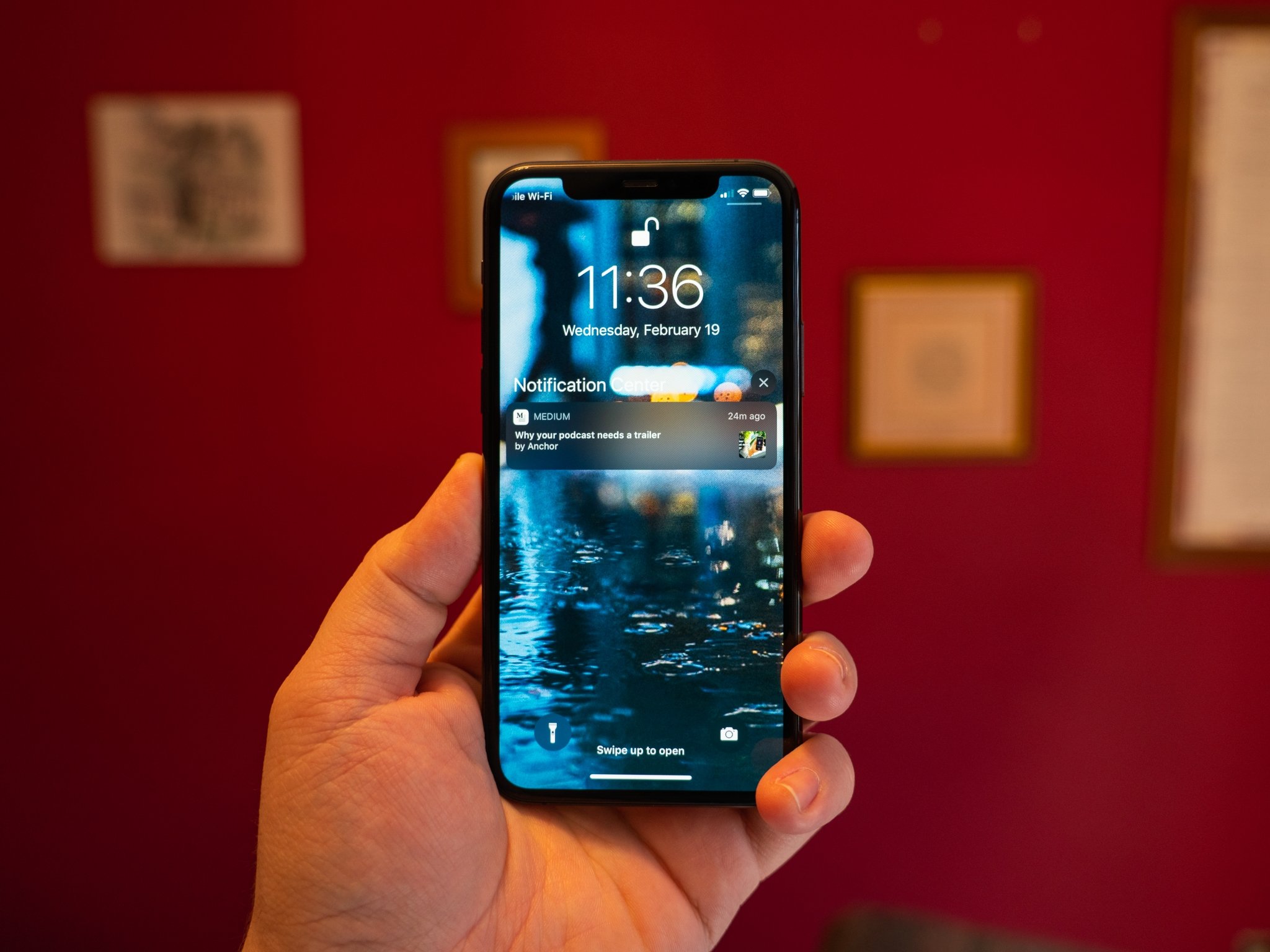
Right now, most of us should have service in 4G LTE coverage from our cellular carrier. However, some spots may do better than others, and other places we frequent may not get LTE signal at all, just 4G. With sub-6 5G though, it would help everyone out with obtaining a consistent signal with decent 5G speeds. Not as fast as mmWave, of course, but probably better than the 4G LTE speeds available right now.
iMore offers spot-on advice and guidance from our team of experts, with decades of Apple device experience to lean on. Learn more with iMore!

In the U.S., all four major carriers (Verizon, AT&T, T-Mobile, and Sprint) have some form of 5G up and running. According to a report from OpenSignal, Verizon currently only has mmWave 5G available, but it reaches speeds of up to 723 Mbps. T-Mobile also has mmWave 5G, but it is significantly slower at only 243 Mbps. Sprint, which is about to merge with T-Mobile, uses mmWave but has average speeds of 183 Mbps. AT&T only has sub-6 5G and sees speeds of around 59 Mbps, and T-Mobile's sub-6 5G goes up to around 47.5 Mbps.
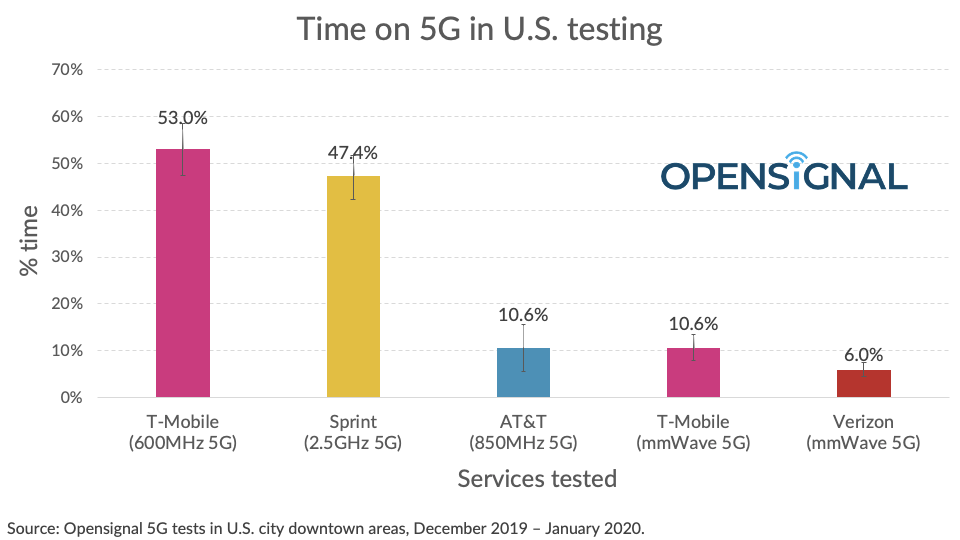
Even though sub-6 has much slower speeds than mmWave, most users will remain connected to sub-6 much longer than mmWave. From the same OpenSignal report, the percent of time that they were able to stay on Verizon's mmWave was only at a mere six percent. Meanwhile, the testers were able to stay connected to T-Mobile's sub-6 5G 53 percent of the time, which is also significantly higher than T-Mobile's own mmWave as well, which was only around 11 percent.
If Apple were to release a new iPhone with 5G support, it will most likely support both mmWave and sub-6. That's because the rumors are lining up to be at least four iPhone 12 models this year, and if Apple went with an mmWave and a sub-6 version of four iPhone 12 devices, that would be confusing for both retailers and customers. But as long as the iPhone supports sub-6 5G, then more people should be able to access 5G from their carrier, which means an overall boost in signal and speed, hypothetically speaking. If you're frequently in an area with mmWave from your carrier, then the insanely fast speeds are more like a bonus.
Either way, if the next iPhone were to support 5G (and it's a very high possibility this year), then iPhone users will only benefit. By the time the next iPhone comes around in the fall, the carriers should have expanded their 5G networks, so sub-6 would be faster and mmWave available in more areas.
Where is 5G available right now?
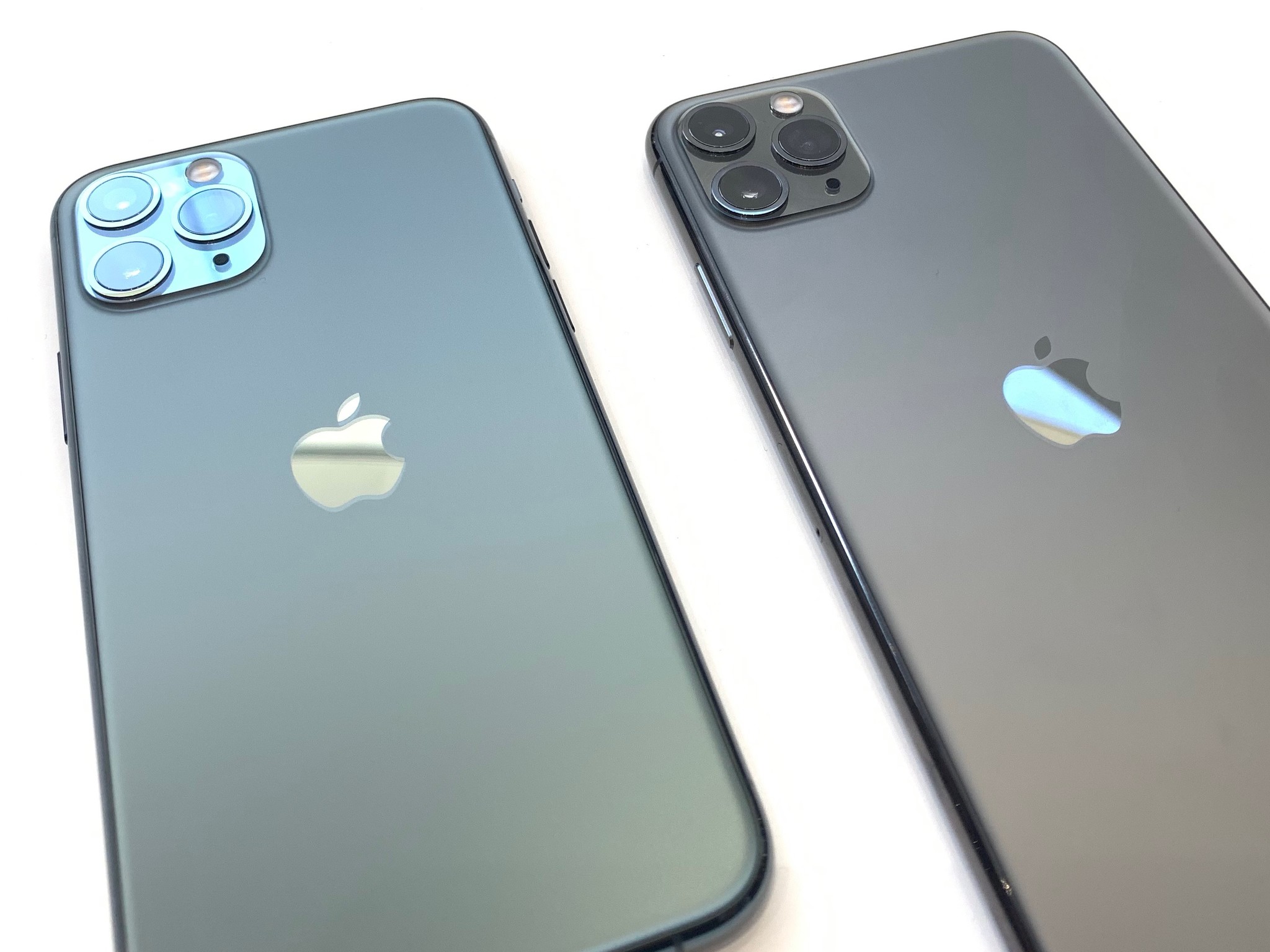
Each of the four major U.S. carriers is in a different stage of availability at the moment, so let's take a look at where each currently are.
If you're an AT&T customer, you may have already noticed "5GE" on your iPhone at times — this is mere branding for 4G LTE Advanced technologies, so it's not true 5G. However, the company has started its nationwide rollout, though they've had a slow start. With AT&T, its mmWave is available in a handful of cities (around 19), and will expand to 30 U.S. cities by the end of the year. AT&T is calling their mmWave "5G+." Their sub-6 5G will simply be called "5G" and is geared for widespread coverage. The company is working towards "nationwide coverage" for the first half of 2020 and currently covers around 200 million people.
Verizon was the first to begin rolling out 5G, and its mmWave network is underway. Right now, it's available with very limited coverage in each city that it's available in. By late next year, Verizon aims to have around 50 percent U.S. coverage.
T-Mobile has sub-6 5G rolling out nationwide, though it uses a 600 MHz spectrum, which is more like 4G with a few enhancements that make it faster. So it's not exactly "true" 5G, but it does give better speeds to more than 200 million people across one million square miles across the U.S. As far as their mmWave spectrum, it's available in a few select cities: New York, Los Angeles, Las Vegas, Dallas, Cleveland, and Atlanta.
Sprint is going with a mid-band (not mmWave) spectrum for their 5G, which means more widespread availability for consumers. However, the current rollout is paused temporarily as the company is merging with T-Mobile. The merger would boost both Sprint and T-Mobile's 5G network coverage.
The limitations of 5G

While 5G is certainly exciting, there are still some limitations to it.
Namely, the fact that while mmWave will deliver blazing fast speeds, it is incredibly limited compared to the more widely-available sub-6. And even if you can get mmWave, you aren't guaranteed that insane 723 Mbps speed with Verizon, because it depends on what's available in your area. Hopefully, by the time Apple releases a 5G iPhone, mmWave will be more widely available and provide even faster speeds.
And while sub-6 5G is more widely available and should boost signal and speed for most people, that may not always be the case. Since 5G is still so new and just rolling out, if you had very fast 4G LTE speeds before, then the 5G may not be as good. Again, it depends on your handset and area, but you aren't guaranteed always-faster speeds. This is especially true with T-Mobile, since they are recycling an older and existing low-band spectrum, so it's just "4G with enhancements" and not true 5G. Still, it should help coverage, but don't expect super-fast speed all the time.
Do you want a 5G iPhone?
Are you looking forward to a 5G iPhone this year? Do you have any experience with 5G in your area already? Drop your thoughts in the comments.

Christine Romero-Chan was formerly a Senior Editor for iMore. She has been writing about technology, specifically Apple, for over a decade at a variety of websites. She is currently part of the Digital Trends team, and has been using Apple’s smartphone since the original iPhone back in 2007. While her main speciality is the iPhone, she also covers Apple Watch, iPad, and Mac when needed.
When she isn’t writing about Apple, Christine can often be found at Disneyland in Anaheim, California, as she is a passholder and obsessed with all things Disney, especially Star Wars. Christine also enjoys coffee, food, photography, mechanical keyboards, and spending as much time with her new daughter as possible.
